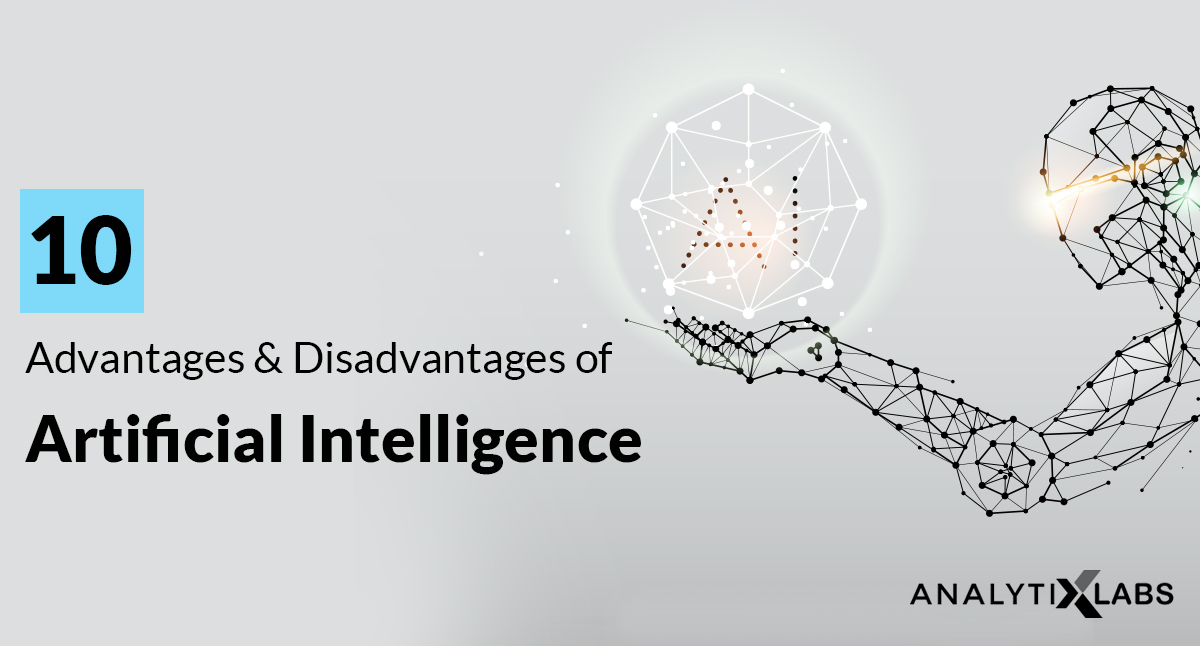Artificial Intelligence (AI) does not belong to the future – it is happening now. With the global AI software market surging by 154 percent year-on-year, this industry is predicted to be valued at 22.6 billion US dollars by 2025.
Invented by John McCarthy in 1950, Artificial Intelligence is the ability of machines or computer programs to learn, think, and reason, much like a human brain. An AI system is fed in data and instructions, based on which the system draws conclusions and performs functions. It keeps learning human reasoning and logic with time, getting efficient on-the-go.
AI is everywhere – be it the auto-search on Google or driving cars. Artificial Intelligence with its comprehensive array of technologies, enables machines to ‘sense’ like a human brain, learn, and act.
Of course, there are tons of advantages and disadvantages of AI which we’ll discuss in this article. Before that, let’s understand the major types of AI or segments of AI.
**You may also like to read: **101 of Artificial Intelligence – What to know as a beginner?
Artificial Intelligence: 4 Major Stages of development
It is imperative that AI has enabled machines to understand verbal commands, distinguish images and texts, and do much more far better than a human. For instance, Amazon’s Alexa or Apple’s Siri or Google’s Hello Google. These are classic examples of artificial intelligence that takes in verbal commands and performs them with ease.
Given the rate at which machine learning, deep learning, National Language Programming, predictive AI, and other related concepts are growing, it isn’t a mere hallucination to predict that one-day machines will walk amongst us replicating all human behaviors with panache.
The current AI systems are much capable of handling complex calculations at a tremendous speed. They can handle huge data sets and make accurate predictions. Artificial Intelligence is majorly classified into four stages considering its development or refinement:
(1) Reactive machines
These are those machines that do not store any memories nor any past experiences. It is ‘reactive’ in nature that reacts to the current scenario. For instance, IBM’s chess computer Deep Blue defeated international grandmaster Garry Kasparov six times in a row in the late 1990s. Deep Blue could identify chess board pieces and knew how each moves. It’s high intelligence-enabled it to predict all the possible moves of the opponent much faster than the human opponent. As a result, it could calculate the most optimal moves against each possibility.
(2) Limited memory
This type of machine can peak into the past. A classic instance is the self-driving cars that can observe other cars’ speed and direction. These observations are added to its pre-programmed representation of the world. However, these information pieces are transient in nature rather than being permanent.
(3) Theory of mind
This type includes machine learning that tries to replicate the entire physical world – humans, creatures, objects – everything that can think and has emotion.
#artificial intelligence
